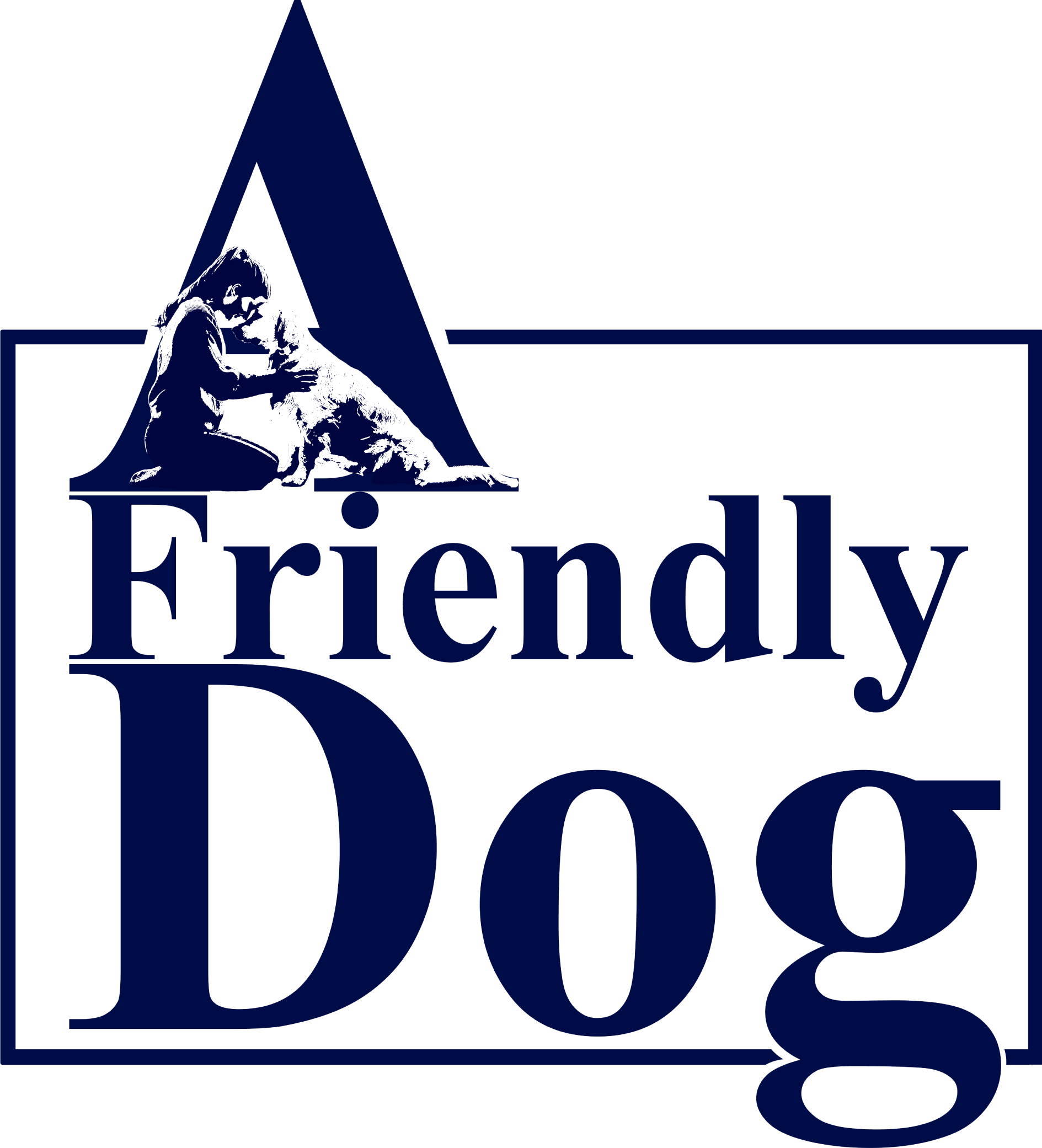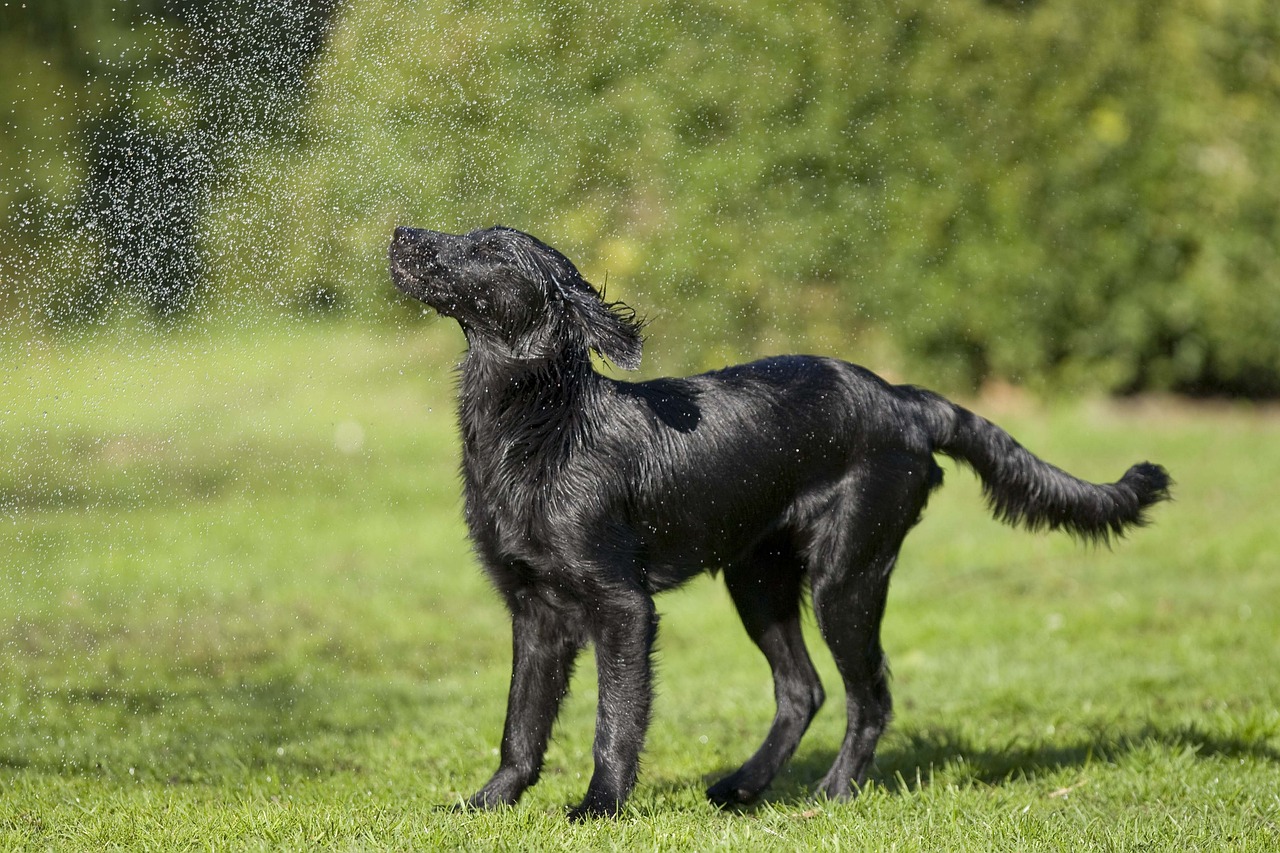It is important to understand that when a dog is constantly left alone, they miss out on learning proper social behavior. This can lead to various issues like aggression, fear, or other antisocial tendencies, especially when they are confined and frustrated.
As responsible animal lovers, it is our duty to be good companions to our pets. Depriving them of essential social needs is just as harmful as neglecting their physical needs. While animal abuse and neglect laws should address this, raising awareness and educating people can make a difference even without legal enforcement. Dogs need companionship and nothing else can really substitute interaction.
Isolation anxiety can vary in severity, and what may work for one dog may not be effective for another with a more severe case. If your dog is diagnosed with isolation anxiety, here are a few strategies to consider:
- Establish a consistent schedule: Stick to a routine by setting specific times for feeding, walking, and playing. This will provide your dog with a sense of security and predictability.
- Practice short periods of separation: When you’re at home, gradually introduce brief periods of separation by gating off a room such as your bedroom or living room. Start with 5-minute intervals and gradually increase the duration over time. This will help your dog become more comfortable being separated from you.
- Use a baby monitor or camera system: Consider using a monitoring device to keep an eye on your pet while practicing separation. This will allow you to observe their behavior and intervene if necessary to prevent destructive tendencies.
- Install security cameras: Opt for a camera system that enables you to access live video feed from your phone. Being able to observe your dog’s behavior when you’re not home can provide valuable insights for assisting them. Additionally, recording video footage of your dog’s symptoms can aid your vet in accurately diagnosing and treating the condition.
Remember, finding the right approach may require some trial and error, so be patient and consult with your veterinarian for further guidance.

